The USDA’s Farm Service Agency launched its latest assault on common sense limits to federal farm income subsidies with an announcement that the agency is changing how it calculates “farm income” when determining if an individual’s income is so high as to legally bar them from receiving farm subsidies. This administrative change will drastically increase payments received by some of the wealthiest operations under USDA’s COVID-19 loss program. This unilateral change by the Secretary of Agriculture is just the latest instance of the Secretary failing to follow the intent of Congress when administering the farm financial safety net and will do nothing to assist farmers and ranchers for whom the USDA’s COVID-19 response is failing to assist.
Since 2002, individuals and corporations looking to participate in federal farming and ranching income entitlement programs have been held to certain eligibility requirements including a limit on annual income. The current eligibility limit of $900,000 in adjusted gross income (which is actually doubled to $1.8 million for married couples) was enacted in the 2018 farm bill. While it is an annual limit, the calculation is based on an average of the three most recent taxable years, excluding the most recent year. So for programs in 2020, the relevant years would be an average for 2016, 2017, and 2018. And it is adjusted gross income, so income after expenses.
This very generous “means test” (according to the most recent Census of Agriculture less than 4 percent of farm operations even had gross sales exceeding $1 million) is apparently too onerous for the Secretary. When the Secretary created the Coronavirus Food Assistance Program (CFAP) to direct financial assistance provided by the CARES Act, the Secretary waived the AGI limit for individuals and entities if at least 75 percent of their income came from farming, ranching, and forestry related activities. This means that individuals making in excess of the limit, be it $900,000 or $9 million, can receive up to $250,000 under the program. The August 12th notice from USDA also states the agency is now changing what it considers “farming” income. Now certain wages or dividends paid from agricultural operations will count as “farm” income, whereas they have not previously.
This distinction is important because the overwhelming majority of farming operations operate as sole proprietorships or partnerships and are taxed on the individual income tax schedule, instead of corporate, where farm and nonfarm income are comingled. Individuals with an adjusted gross income exceeding $900,000 are generally one of two types. The first being wealthy individuals with high nonfarming income for whom farming is a minor part of their income. The second being large complex corporate (including family operated corporations) operations that look nothing like the mom and pop operations of American gothic, or your local farmers market. These complex partnerships and joint ventures have already been exploiting subsidy loopholes to maximize subsidies, with one operation receiving over $2.5 million and five other farms receiving over $1 million. Reclassifying the dividends and wages paid from these operations will increase the proportion of “farm” income for their individual shareholders/owners and increase the number of people able to skirt the $900,000 AGI limit on participation.
With every week bringing more stories about small and medium sized operations facing devastating losses but failing to get assistance from USDA, creating new loopholes to allow the largest operations to gain even more taxpayer subsidies is exactly the wrong track to take.

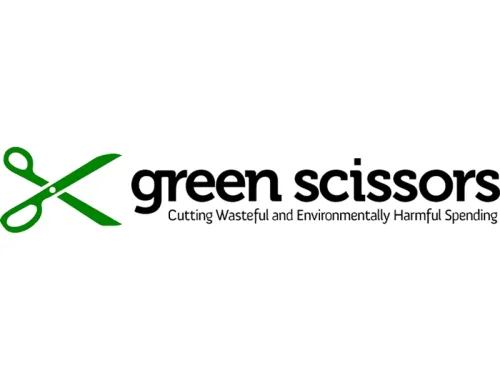
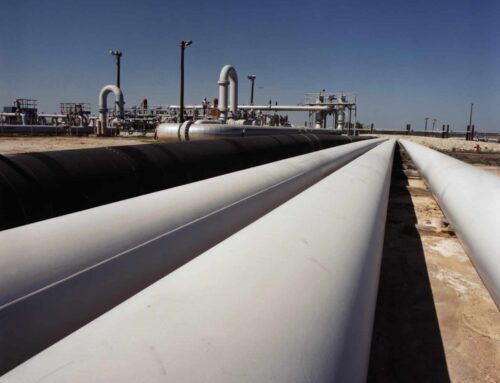
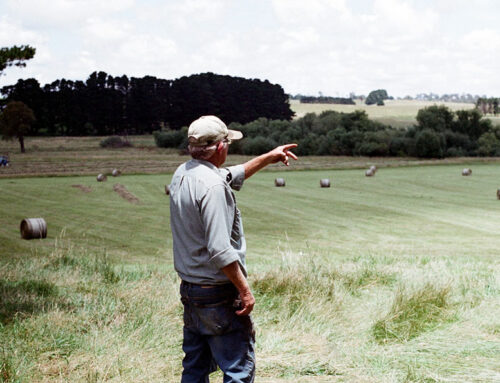
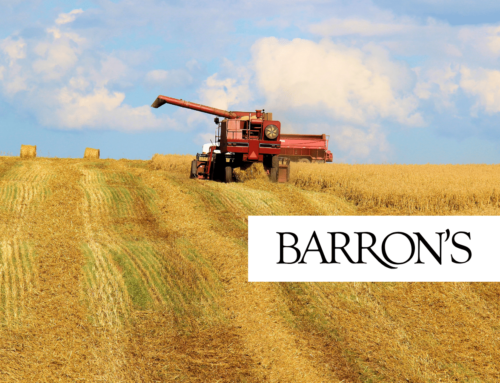
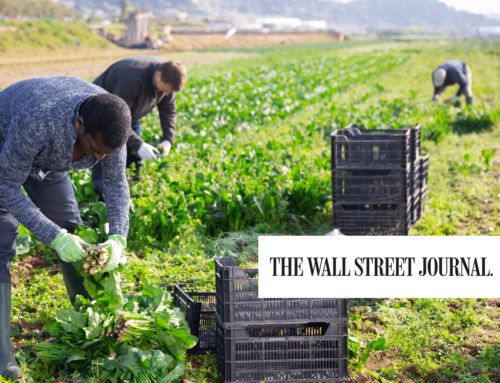
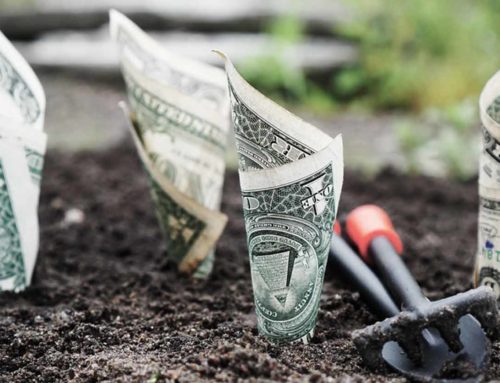




Get Social